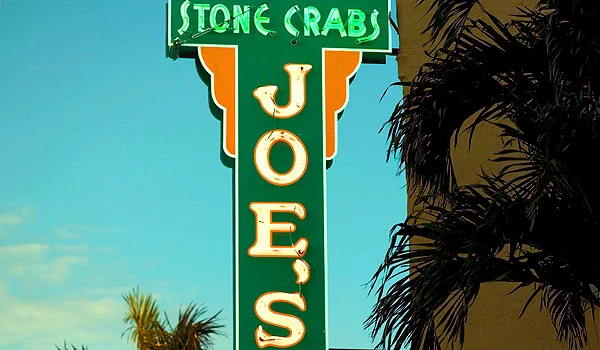 I love buffalo plaid. The classic red and black checked fabric symbolizes cold weather and being outdoors, hot chocolate, pine trees, Jeep Grand Wagoneers, and all that good stuff. It also conjures great American brands that have made it part of their signature like Woolrich, Ralph Lauren, and Pendleton. But Buffalo Plaid is not an American invention. Its origins lie in Scotland as the Rob Roy tartan of Clan MacGregor. One of the family's descendants, Jock McCluskey, who settled in Montana in the 1800s traded buffalo pelts (hence the name buffalo plaid) with Native Americans for heavy woven Scottish blankets made in the style of his family's tartan. Legend has it that both Sioux and Cheyenne warriors were in awe of the rich red color that was rumored to have been dyed from "the spirit blood and ghostly souls of McCluskey's prey and enemies", a belief McCluskey apparently did little to correct. Why is tartan called plaid in the US? Neither the Native Americans nor those living at the U.S. Army outpost could pronounce the Gaelic word for blanket, pladger, and instead referred to them as plaid. This is supposedly why Americans use the term plaid instead of tartan.
I love buffalo plaid. The classic red and black checked fabric symbolizes cold weather and being outdoors, hot chocolate, pine trees, Jeep Grand Wagoneers, and all that good stuff. It also conjures great American brands that have made it part of their signature like Woolrich, Ralph Lauren, and Pendleton. But Buffalo Plaid is not an American invention. Its origins lie in Scotland as the Rob Roy tartan of Clan MacGregor. One of the family's descendants, Jock McCluskey, who settled in Montana in the 1800s traded buffalo pelts (hence the name buffalo plaid) with Native Americans for heavy woven Scottish blankets made in the style of his family's tartan. Legend has it that both Sioux and Cheyenne warriors were in awe of the rich red color that was rumored to have been dyed from "the spirit blood and ghostly souls of McCluskey's prey and enemies", a belief McCluskey apparently did little to correct. Why is tartan called plaid in the US? Neither the Native Americans nor those living at the U.S. Army outpost could pronounce the Gaelic word for blanket, pladger, and instead referred to them as plaid. This is supposedly why Americans use the term plaid instead of tartan.P.S. Woolrich makes an American-made Rough Rider throw blanket ($79) and a mean Buffalo Check Flannel Shirt ($59)—but I believe both are made without the use of spirit blood and/or ghostly souls. Happy Halloween!















